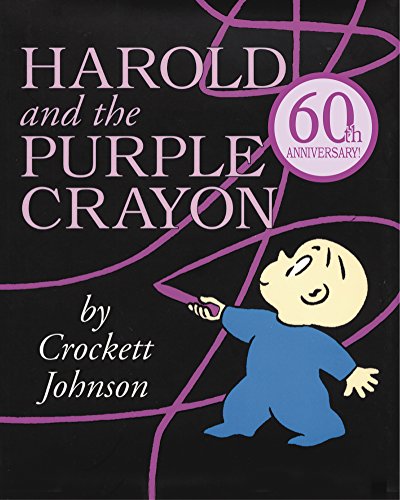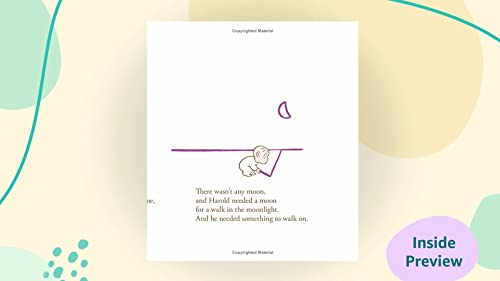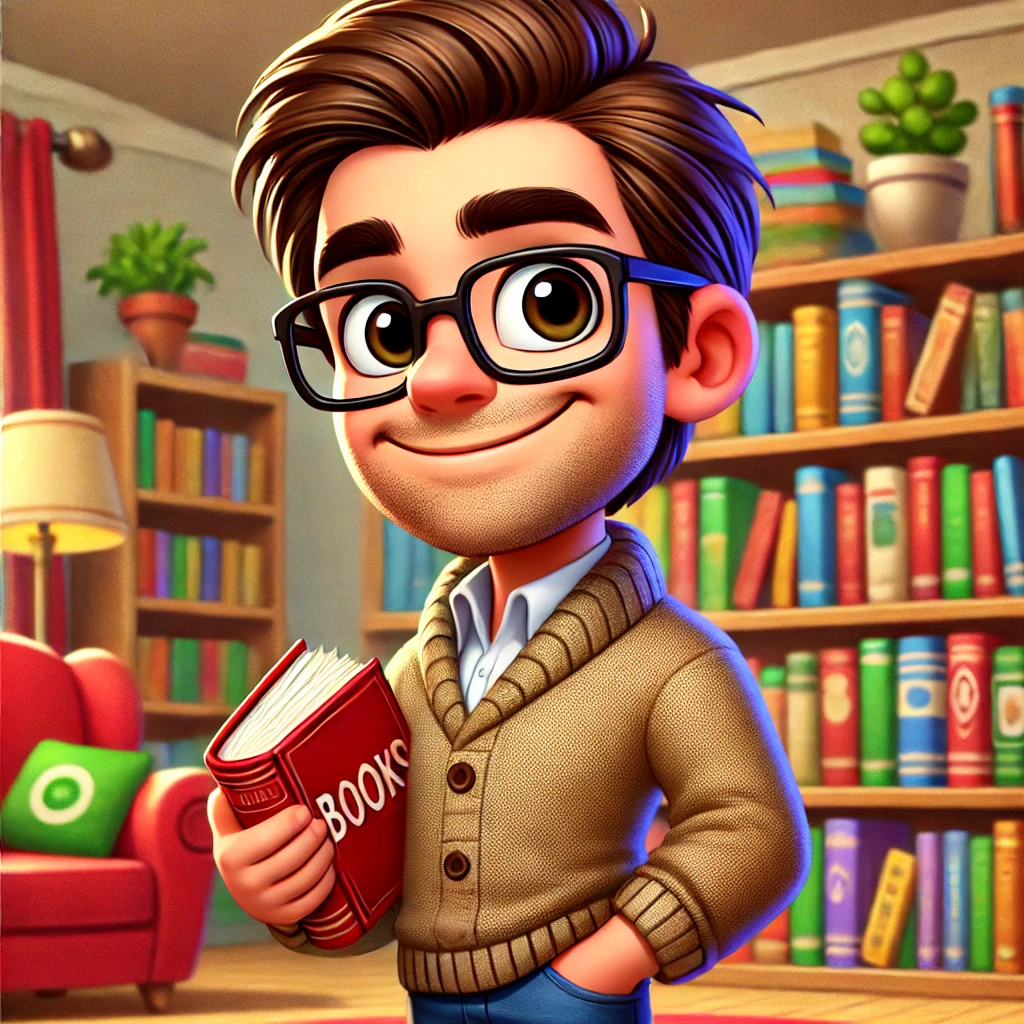Alright, folks, buckle up—it’s review time! If you’ve ever wondered what would happen if a kid had a crayon and zero adult supervision, you’re in for a treat. Today, I’m talking about a classic that has left both grownups and kids scratching their heads and giggling: Harold and the Purple Crayon. This review is honest, possibly a bit silly, and totally from someone who has drawn more purple lines on the wall than he cares to admit. Ready? Let’s see if this book deserves a spot on your shelf, or if it’s just asking for a mess on your wallpaper.
Harold and the Purple Crayon: A Quick Peek
In a nutsheel
If you love picture books that tickle your brain, Harold and the Purple Crayon by Crockett Johnson is right up your alley. This classic kid’s book fits snug in the genre of children’s literature and imagination-powered adventure. Harold, a young lad with a purple crayon, goes on a wild journey where he draws his whole world. Expect some giggles and lots of “wait, what?” moments as he makes things up as he goes.
Themes of creativity, independence, and problem-solving shine in this story. It shows how one little idea—and a purple crayon—can take you far. Johnson keeps things simple, sweet, and fun. No spoilers here, just a promise that Harold’s adventure will stretch your imagination, no matter your age.
Unleashing Imagination: Creativity at the Heart of Storytelling
Imagination is like the secret sauce in storytelling. It takes a plain story and makes it something special, like turning a dull sandwich into a triple-layered cheeseburger. If you need proof, just look at Harold and the Purple Crayon. That little dude is the boss of creativity. Give Harold a blank wall and a crayon, and he’ll build himself a city, a dragon, or even, if he’s hungry enough, a giant pie. He doesn’t need fancy tools, just a big idea and the guts to draw his own path (and let me tell you, sometimes those paths look suspiciously like squiggles my niece would doodle on grandma’s curtains).
But why does imagination matter so much in stories? Simple. It lets readers see the world through new eyes. I once tried to draw my own adventure like Harold, but my cat thought the crayon was a snack, so the adventure ended in a trip to the vet. Still, I learned that creativity makes stories more fun for everyone, even if you have to buy new drapes afterward.
Creativity gives authors the freedom to bend the rules. Harold doesn’t wait for someone to rescue him—he rescues himself, one scribble at a time. Kids (and adults like me who still eat cereal for dinner) learn that their ideas matter, and that the only limit is their own imagination.
Next up, let’s see how Harold’s drawings do more than just look pretty—get ready for a wild ride through interactive illustrations and visual appeal, where crayons rule and coloring inside the lines is strictly optional!
How Interactive Illustrations Boost the Magic in Children’s Books
Let me tell you, when I first flipped through Harold and the Purple Crayon, I thought, “Hey, this kid is about to draw himself into a corner.” Literally. But then I noticed something special – the illustrations were doing a lot more than just showing the story. They were almost a second character! Yes, Harold uses his trusty purple crayon to scribble up moons, sidewalks, and entire cities, but the way the pictures react to his actions makes you feel like you’re drawing right alongside him.
This book turns every page into an interactive adventure. Okay, so you can’t physically draw in the book. (Not that it stopped my cousin Timmy, who decided to add his own brown crayon masterpiece one afternoon!) But the real fun is in watching where that crazy purple line goes next. Your eyes follow it, predicting what Harold might dream up around the next bend. It’s this sneaky bit of engagement that drew me in as a kid, and I still catch myself smiling at it as an adult.
I’ve seen a lot of kid’s books packed with so many details that you barely know where to look. But Harold and the Purple Crayon keeps things simple—and it works. The focus on Harold and his single crayon lets the reader imagine themselves helping him shape the world. The strong lines and open spaces invite young minds to fill in gaps with their own ideas. Trust me, the last time I read it to a group of rambunctious five-year-olds, they started shouting out what Harold should draw next. That’s the kind of visual magic I wish I could bottle and sell!
Stick around, because up next I’m peeling back the wrapper on why the book’s simplicity and charm make it so hard to put down—even if you’re all grown up and have your own boring-colored crayons.
Simplicity and Charm: Why Less is More in Harold and the Purple Crayon
If you ever need proof that less is sometimes way, way more, then you should look no further than Harold and the Purple Crayon. This book doesn’t need fancy words, wild plots, or a dozen dragons to keep you hooked. It keeps things simple: one boy, one crayon, and a whole lot of blank space. The story follows Harold, a small kid with a big idea. He wants to go for a walk in the moonlight, so he draws the moon and the path, and off he goes, creating his world one squiggle at a time.
The charm of this book is sneaky. At first, you think, “Wait, is that all? A few simple lines and a little bald kid?” But, trust me, that’s where the magic hits you. The plainness gives your own imagination room to play. While reading it with my niece, she kept talking about what she would draw with her own crayon—mostly cats and way too many cookies. It’s a story that welcomes you in, instead of telling you to watch from a distance.
Also, the words are simple and easy for new readers, but not boring for grownups (I’ve read it way more times than I care to admit). The story moves in a calm, gentle rhythm, like a bedtime stroll. There’s no rush to save the world—just time for Harold to wander, wonder, and get lost in his own fun.
If you’re curious about what kids (and adults) can learn from Harold’s purple adventures, stick around, because the next part is all about the clever lessons hidden under those crayon lines!
Educational Value and Life Lessons in Harold and the Purple Crayon
Let’s be honest, Harold and the Purple Crayon is as sneaky as a cat when it comes to teaching kids important stuff. Sure, it looks like a book about a kid with a wild crayon and a very loose sense of bedtime, but there’s a lot more squished into those little pages.
First, Harold is the poster child for problem solving. When he wants a snack, he draws it. When he needs a path home, he whips one up on the spot! If I had that crayon during my math homework days, I would have drawn a calculator and a big slice of pizza for support. This book teaches kids that challenges don’t need to trip them up. Sometimes, you just need to pick up your (purple) tools and give it a whirl.
Next, let’s talk about independence. Harold heads out alone, makes choices (some a bit wobbly, like drawing a scary dragon), and learns to fix things when they go sideways. I could have used that lesson the first time I tried to fix a leaky sink. Harold reminds us: You might make a mess, but you can always draw yourself a way out — or at least try.
It also touches on cause and effect, since Harold creates the world he walks through. If you draw a mountain, surprise! You might have to climb it. These gentle lessons don’t hit you over the head, but they do stick around—kind of like that purple crayon I still can’t get out of the carpet.
In short, I 100% recommend Harold and the Purple Crayon. It’s silly, smart, and gives kids (and adults) a nudge to think for themselves. Plus, it’s fun—just watch your walls.
Conclusion
Well, that wraps up my review of Harold and the Purple Crayon. This book is a simple and magical journey through a kid’s imagination. I had fun reading it with my niece, and even my grumpy neighbor smiled at the purple moon. Sure, the story is simple and maybe too short for some, but that’s also what makes it easy to read over and over (trust me, I did). It helps kids (and adults who wish they were kids) learn to be creative and solve problems. If you like playful, charming books that spark a bit of daydreaming, grab this one. But maybe hide the real crayons first, just in case!



